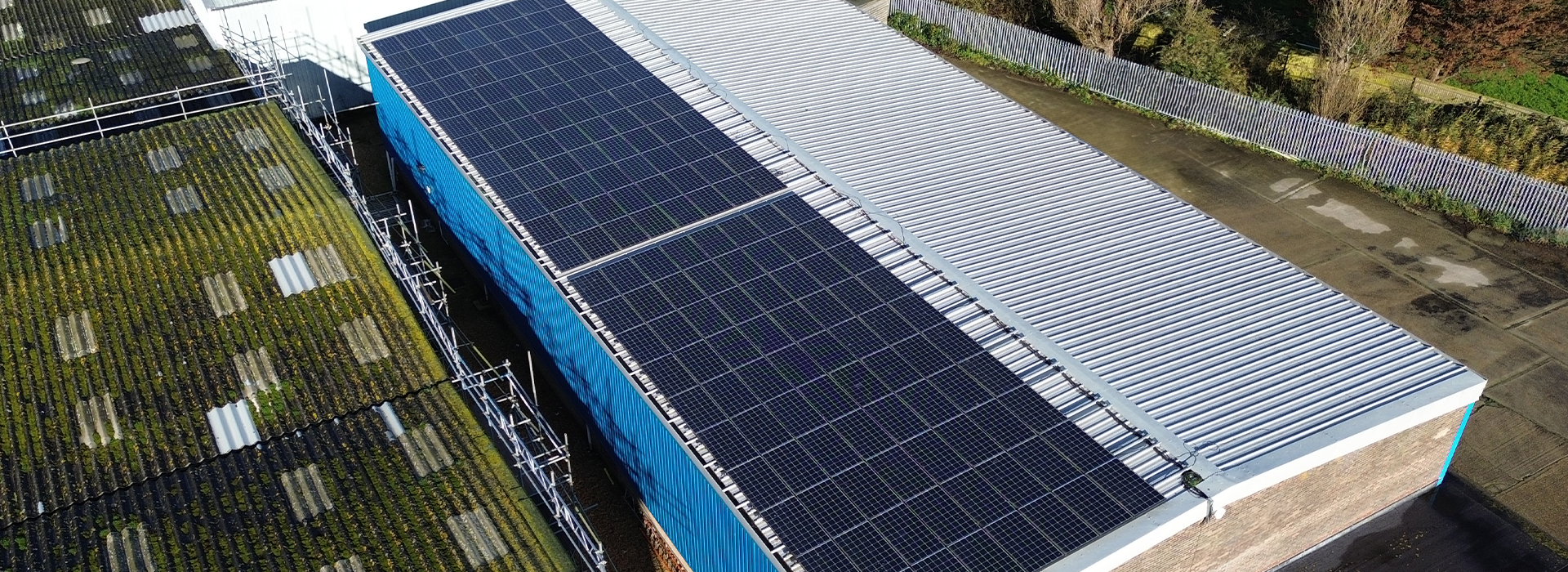EN795:2012 Type C is a regulation that pertains to personal fall protection systems that use horizontal flexible anchor lines. These lines are usually made from synthetic fibers or wire ropes and are designed to provide fall protection for workers who are engaged in activities such as roof work, maintenance, and inspection.
Here is a blog post about EN795:2012 Type C, including information on its scope, requirements, and benefits:
EN795:2012 Type C – Personal Fall Protection Systems
EN795:2012 Type C is a regulation that outlines the requirements for personal fall protection systems that use horizontal flexible anchor lines. This regulation applies to situations where workers are required to move horizontally along a surface or roof, such as during maintenance, inspection, and repair activities.
The purpose of EN795:2012 Type C is to ensure that workers are protected from falls when working at height. This regulation specifies the design, testing, and performance requirements for horizontal flexible anchor lines, including anchor devices and connectors. It also sets out the requirements for the inspection, maintenance, and use of these systems.
One of the key benefits of EN795:2012 Type C is that it provides a standardized approach to fall protection, which helps to ensure that workers are protected in a consistent and reliable manner. This regulation also helps to ensure that fall protection systems are designed, installed, and maintained to the highest possible standards, which reduces the risk of accidents and injuries.
EN795:2012 Type C requires that horizontal flexible anchor lines are designed and tested to meet specific performance criteria. These criteria include the ability to withstand a fall, the ability to maintain a certain amount of tension, and the ability to remain stable during use. This ensures that the system is strong enough to support the weight of the worker and will not fail in the event of a fall.
EN795:2012 Type C also requires that horizontal flexible anchor lines are inspected and maintained on a regular basis. This helps to ensure that any defects or issues are identified and addressed before they can compromise the safety of the worker. It is also important that workers are trained in the proper use of these systems, including how to inspect and maintain them.
Conclusion
EN795:2012 Type C is a regulation that outlines the requirements for personal fall protection systems that use horizontal flexible anchor lines. This regulation helps to ensure that workers are protected from falls when working at height, and that fall protection systems are designed, installed, and maintained to the highest possible standards. By following the requirements of this regulation, employers can help to ensure the safety and wellbeing of their workers, while also reducing the risk of accidents and injuries.



